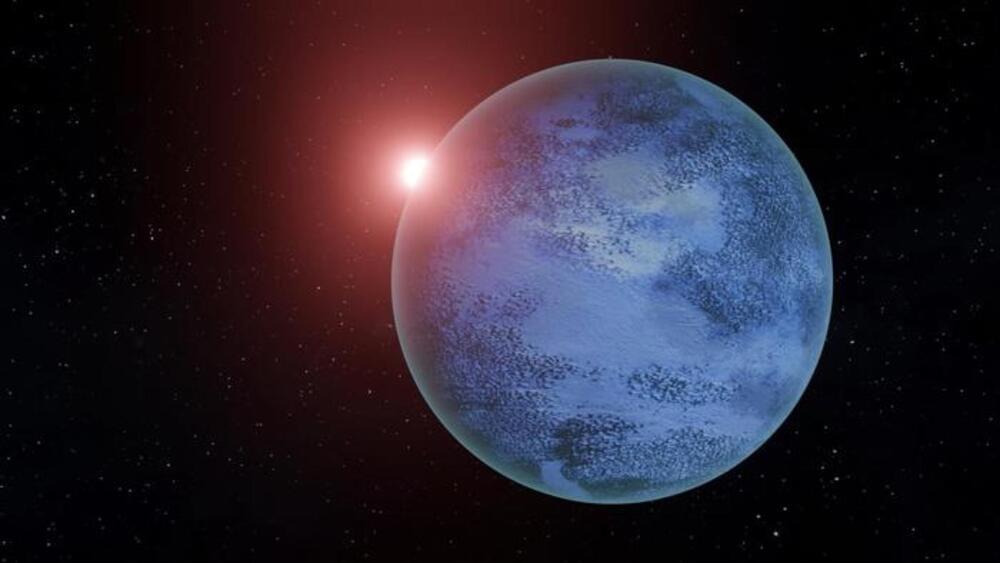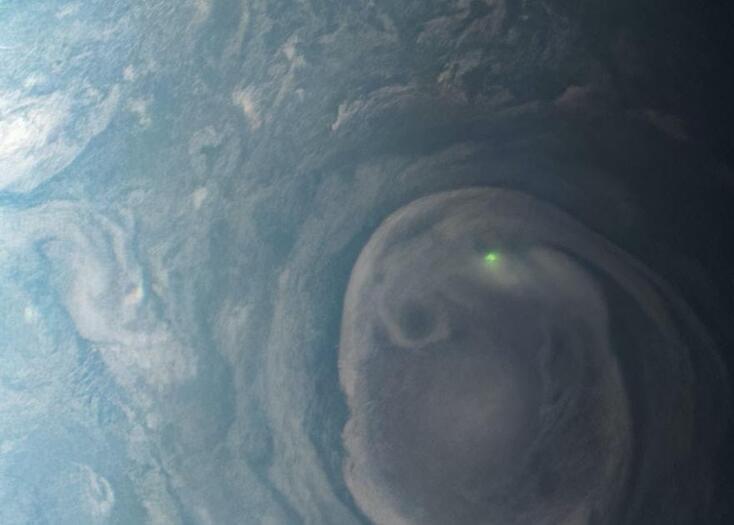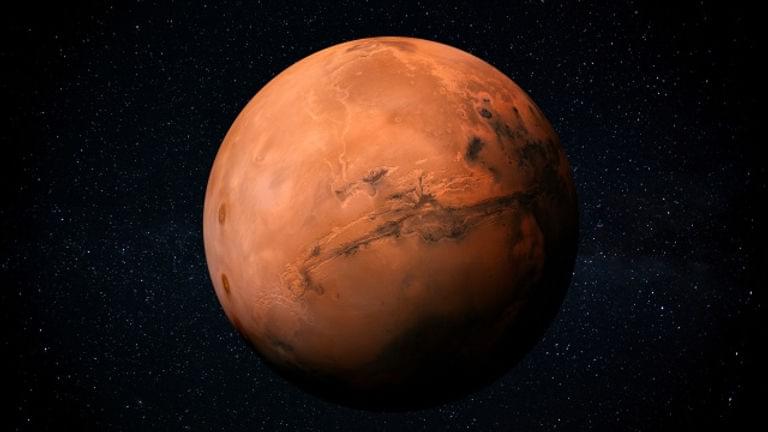Rutgers University scientists believe there might be many more Earth-like exoplanets with liquid water.
Are we alone in this vast universe? Are there planets out there that harbor liquid water and ideal conditions for life to thrive?
These are some of the major questions that space scientists hope to find answers to. However, in order to answer these big questions, it is necessary to get into the nitty-gritty of what may allow water to sustain itself on other distant planets.






